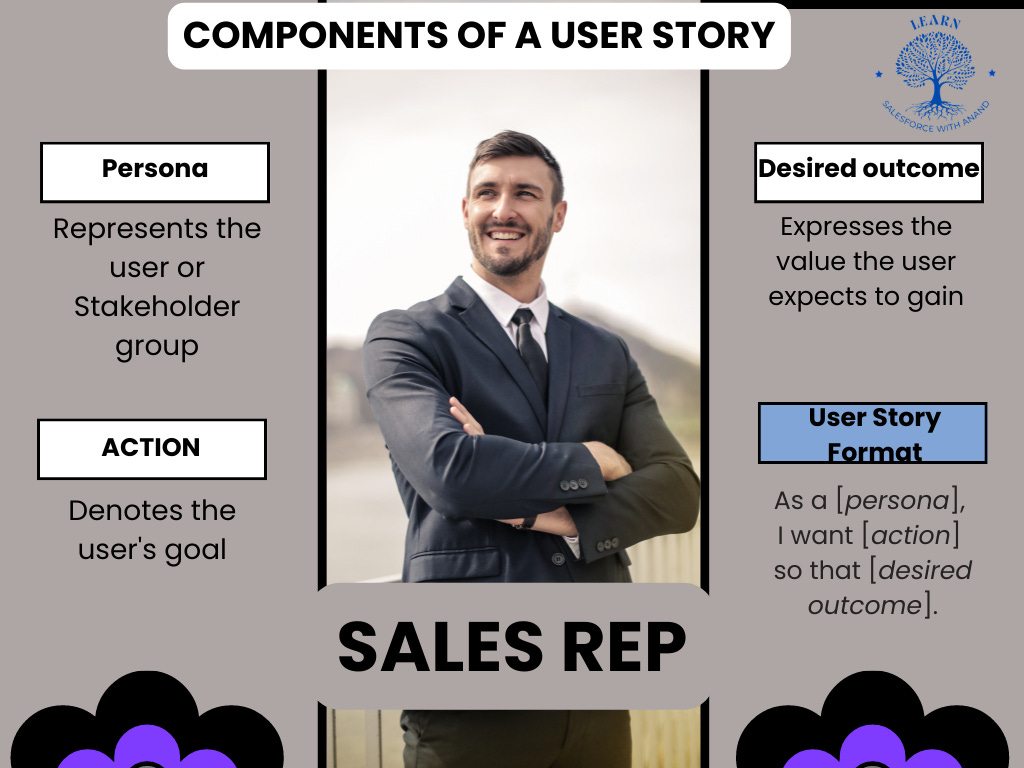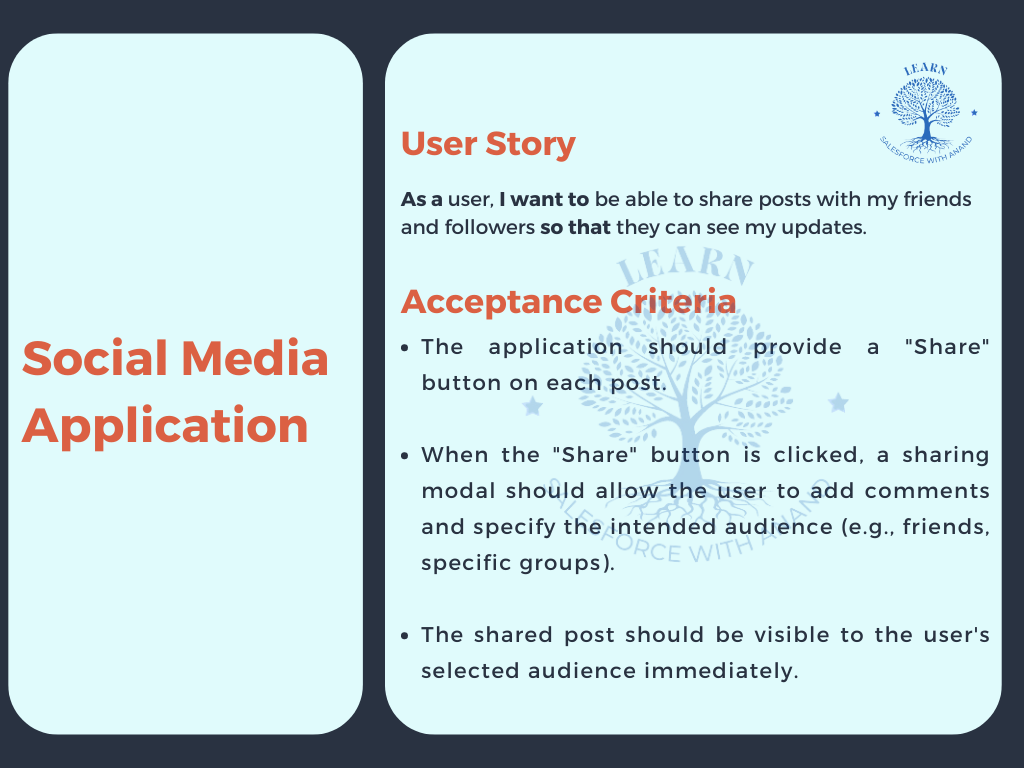Mastering User Stories: A Guide to Effective Software Development
Introduction:
In software development, understanding and translating user requirements can be a complex task. User stories, a technique borrowed from Agile methodologies, are a valuable tool for capturing and communicating these requirements in a concise and effective manner. In this blog post, we'll explore the concept of user stories, their significance in software development, and present a step-by-step guide on how to write effective user stories. Moreover, we'll provide examples of well-crafted user stories, accompanied by their acceptance criteria, to demonstrate their practical application.
1. Understanding User Stories:
Definition: User stories represent end-user requirements encapsulated in a brief, plain language statement. They focus on the user's perspective, their goals, and the benefits they expect from a software feature.
Purpose: User stories enable software development teams to prioritize and develop features that align with the user's needs. They foster a shared understanding between stakeholders, developers, and testers, guiding the entire development process.
Key Components: A user story consists of a persona, an action, and a desired outcome. The "persona" represents the user or stakeholder, the "action" denotes the user's goal, and the "desired outcome" expresses the value the user expects to gain.
2. Writing Effective User Stories:
Step 1: Identify User Roles and Personas: Begin by identifying the different user roles and personas involved in your software project. This step helps establish a clear understanding of the target audience and ensures a focused development process.
Step 2: Create a Template: Develop a standardized template for writing user stories within your organization. Typically, this includes a sentence structure such as "As a [persona], I want [action] so that [desired outcome]."
Step 3: Prioritize User Stories: Prioritize user stories based on their importance to the user and impact on the overall project goals. This step assists in managing project scope and allocating resources efficiently.
Step 4: Break Down User Stories: Decompose larger user stories into smaller, manageable ones. This practice makes development easier, allows for incremental delivery, and facilitates more accurate estimation.
Step 5: Define Acceptance Criteria: Clearly outline the measurable conditions that need to be satisfied to consider a user story complete. Acceptance criteria enhance clarity, serve as acceptance tests, and help prevent misunderstandings during development.
3. Examples to understand User Story documentation:
Example 1 - E-commerce Website:
Example 2 - Social Media Application:
Example 3 - Salesforce Sales Cloud Application:
4. Industry Best Practices:
4.1 Keep User Stories Independent: Avoid interdependencies between user stories to ensure flexibility and facilitate prioritization.
4.2 Use User Personas for Empathy: Create thorough user personas, considering demographics, preferences, and motivations. This facilitates a user-centered approach to development.
4.3 Collaborate and Refine: Engage stakeholders, developers, and testers throughout the user story creation process. Frequent communication fosters collaboration, removes ambiguities, and increases shared understanding.
Conclusion:
User stories provide a powerful and efficient means of capturing user requirements, fostering collaboration, and guiding software development. By following the step-by-step guide on writing effective user stories, you can ensure a shared understanding among all project members and deliver software that aligns closely with user needs. Remember, user stories are not static; they evolve throughout the development process. Regular refinement and collaboration are essential to their success. So, embrace user stories and enhance the effectiveness of your software development endeavors.





